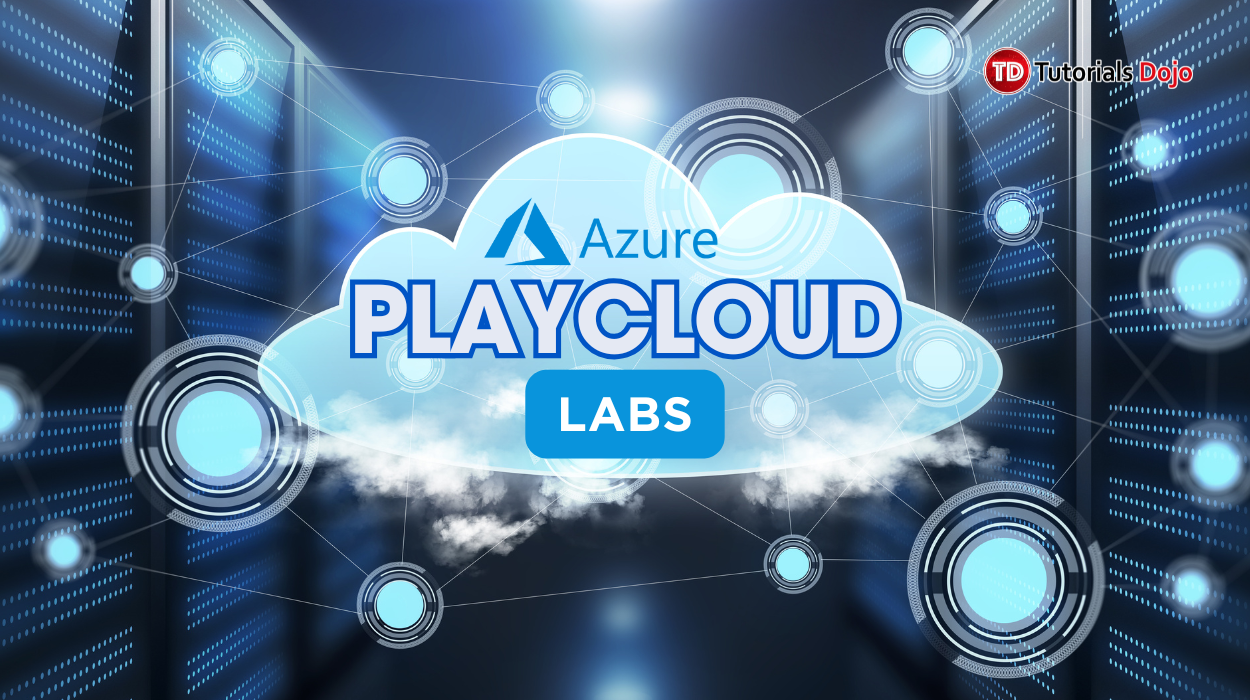Last updated on January 23, 2024
Application Load Balancer vs Network Load Balancer vs Gateway Load Balancer
| Feature | Application Load Balancer | Network Load Balancer | Gateway Load Balancer |
| Protocols | HTTP, HTTPS, gRPC | TCP, UDP, TLS | IP |
| Platforms | VPC | VPC | VPC |
| Health checks | HTTP, HTTPS, gRPC | TCP, HTTP, HTTPS | TCP, HTTP, HTTPS |
| Cloudwatch Metrics | Yes | Yes | Yes |
| Logging | Yes | Yes | Yes |
| Zonal Failover | Yes | Yes | Yes |
| Connection Draining (deregistration delay) | Yes | Yes | Yes |
| Load Balancing to multiple ports on the same instance | Yes | Yes | Yes |
| IP addresses as targets | Yes | Yes (TCP, TLS) | Yes |
| Load Balancer deletion protection | Yes | Yes | Yes |
| Configuration idle connection timeout | Yes | ||
| Cross-zone load balancing | Yes | Yes | Yes |
| Sticky sessions | Yes | Yes | Yes |
| Static IP | Yes | ||
| Elastic IP address | Yes | ||
| Preserve Source IP address | Yes | Yes | Yes |
|
Resource-based IAM permissions/ Tag-based IAM permissions |
Yes | Yes | Yes |
| Slow start | Yes | ||
| Web sockets | Yes | Yes | Yes |
| PravateLink Support | Yes (TCP, TLS) | Yes (GWLBE) | |
| Source IP address CIDR-based routing | Yes | ||
|
Layer 7 |
|||
| Path-based routing | Yes | ||
| Host-based routing | Yes | ||
| Native HTTP/2 | Yes | ||
| Redirects | Yes | ||
| Fixed Response | Yes | ||
| Lambda Functions as targets | Yes | ||
| HTTP header-based routing | Yes | ||
| HTTP method-based routing | Yes | ||
| Query parameter-based routing | Yes | ||
|
Security |
|||
| SSL offloading | Yes | Yes | |
| Server Name Indication (SNI) | Yes | Yes | |
| Back-end server encryption | Yes | Yes | |
| User authentication | Yes | ||
| Session resumption | Yes | Yes | |
| Terminates flow/proxy behavior | Yes | Yes | Yes |
Common features between the load balancers:
- Has instance health check features
- Has built-in CloudWatch monitoring
- Logging features
- Support zonal failover
- Supports connection draining
- Support cross-zone load balancing (evenly distributes traffic across registered instances in enabled AZs)
- Resource-based IAM permission policies
- Tag-based IAM permissions
- Flow stickiness – all packets are sent to one target and return the traffic that comes from the same target.

















